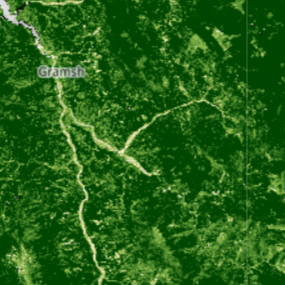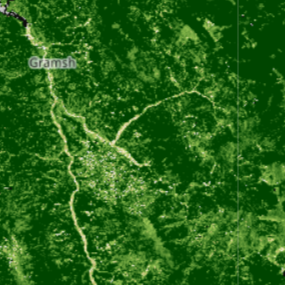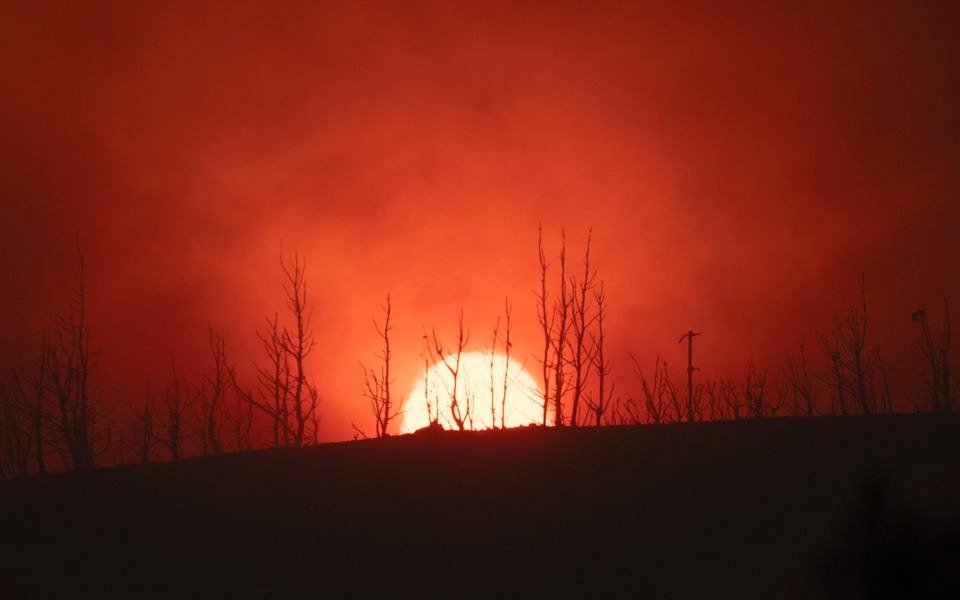As of late September 2025, Albania is confronting a severe wildfire crisis, with numerous active fires across the country. The Ministry of Defense reported that 29 fire outbreaks occurred within a 24-hour period, with 13 remaining active. The affected regions include Vlorë, Gjirokastër, Dibër, Shkodër, Kukës, and Berat, among others
The fires have led to significant damage, including the destruction of homes and agricultural lands. In some areas, such as Gramsh and Delvinë, residents have been evacuated due to the advancing flames
The situation has been exacerbated by extreme temperatures and strong winds, which have facilitated the rapid spread of the fires
In response, Albania has mobilized extensive firefighting efforts, involving hundreds of personnel and multiple firefighting units. Additionally, international assistance has been sought; the United Arab Emirates dispatched a specialized firefighting team, including helicopters, to aid in combating the blazes
The ongoing fires highlight the increasing vulnerability of the region to climate-induced disasters, underscoring the need for enhanced preparedness and response strategies.
Location
Surface
Air Temperature
Gas
PM2/PM2.5
Estimated Cost of Repair
Estimated TIME of Repair
Gramsh area (Central Albania)
Multiple villages, est. ~1,000 ha
+2–4 °C locally; haze cooled neighboring valleys
~60,000 tons CO₂, CO & CH₄ elevated; ozone precursors formed secondary smog
PM2.5 likely 120–180 µg/m³ in nearby valleys
~€20M–€30M (villages + forestry)
3–5 years (villages), 12–18 years (forest recovery)
Timelapse of NDVI changes
July 2025

August 2025

